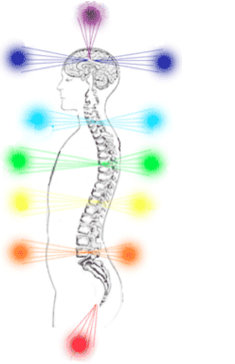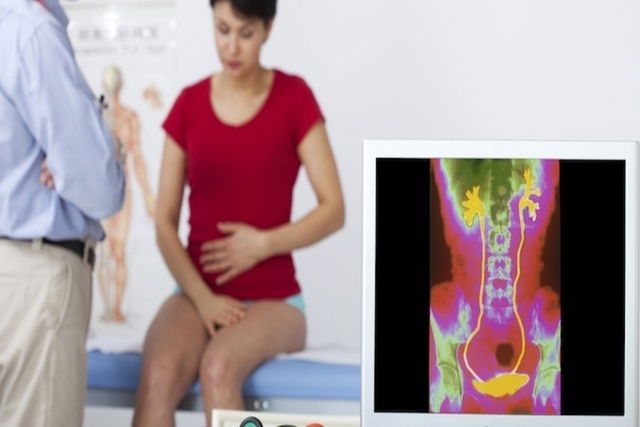7 Morning Teeth Brushing Habits For Healthy Smiles

The morning routine - a crucial part of setting ourselves up for a day of productivity, energy, and, of course, a healthy smile. When it comes to teeth brushing habits, the morning is a great time to establish a consistent routine that will keep your teeth and gums in top condition. In this article, we’ll delve into the world of morning teeth brushing habits, exploring the best practices, common mistakes, and expert advice to help you achieve a healthy, radiant smile.
To begin with, let’s consider the importance of morning teeth brushing. After a night of sleep, our mouths can become a breeding ground for bacteria, which can lead to morning breath, tooth decay, and gum disease. By brushing our teeth in the morning, we can remove these bacteria, freshen our breath, and prevent a range of oral health problems. But it’s not just about quickly brushing our teeth - the way we brush, the techniques we use, and the products we choose can all have a significant impact on our oral health.
One of the most critical aspects of morning teeth brushing is technique. Many of us brush our teeth on autopilot, without giving much thought to the actual technique involved. However, using the correct brushing technique can make a significant difference in the effectiveness of our brushing. The American Dental Association (ADA) recommends using a soft-bristled toothbrush and a fluoride toothpaste, brushing in small circular motions, and paying special attention to the areas where the teeth and gums meet.
In addition to technique, the type of toothbrush we use can also have a significant impact on our oral health. Electric toothbrushes, for example, have been shown to be more effective at removing plaque and improving gum health than manual toothbrushes. They can also be more efficient, requiring less time and effort to brush our teeth. However, manual toothbrushes can still be effective if used correctly, and many people prefer the control and flexibility they offer.
Another essential aspect of morning teeth brushing is the frequency and duration of our brushing. The ADA recommends brushing our teeth at least twice a day, in the morning and before bed, for two minutes each time. This can help remove bacteria, food particles, and plaque, which can accumulate on our teeth throughout the day. However, it’s also important not to overbrush, as this can damage our gums and tooth enamel.
To help you establish a healthy morning teeth brushing routine, here are 7 habits to incorporate into your daily schedule:
- Brush for the full 2 minutes: Use a timer or a song to help you keep track of the time, and make sure to cover all surfaces of your teeth, including the front, back, and top.
- Use a fluoride toothpaste: Fluoride is essential for strengthening tooth enamel and preventing tooth decay. Look for a toothpaste that carries the ADA Seal of Acceptance, which indicates that it has met the ADA’s standards for safety and effectiveness.
- Pay attention to your gum line: The gum line is a common area where plaque and bacteria can accumulate, leading to gum disease. Use a gentle circular motion to brush this area, making sure to remove any debris or bacteria.
- Don’t forget the often-overlooked areas: The back sides of your molars, the areas behind your front teeth, and the roof of your mouth are all areas that are often neglected when brushing. Make sure to give these areas some extra attention to keep your mouth clean and healthy.
- Use the correct brushing technique: As mentioned earlier, using the correct brushing technique is crucial for effective brushing. Use small circular motions, and avoid using too much pressure, which can damage your gums and tooth enamel.
- Clean your tongue and the roof of your mouth: Bacteria can accumulate on the surface of your tongue and the roof of your mouth, leading to bad breath and other oral health problems. Use a tongue scraper or your toothbrush to gently remove any debris or bacteria from these areas.
- Rinse with water or mouthwash: Finally, rinse your mouth with water or mouthwash to remove any remaining bacteria, debris, or toothpaste. This can help leave your mouth feeling clean and fresh, and can also help prevent bad breath.
In conclusion, establishing a healthy morning teeth brushing routine is essential for maintaining good oral health. By incorporating these 7 habits into your daily schedule, you can help remove bacteria, prevent tooth decay, and keep your teeth and gums in top condition. Remember to always use the correct brushing technique, pay attention to often-overlooked areas, and rinse your mouth with water or mouthwash after brushing.
What is the best type of toothbrush for morning teeth brushing?
+The best type of toothbrush for morning teeth brushing is one that is soft-bristled and gentle on your gums. Electric toothbrushes can be more effective at removing plaque and improving gum health, but manual toothbrushes can still be effective if used correctly.
How often should I replace my toothbrush?
+You should replace your toothbrush every 3-4 months, or sooner if the bristles become frayed or worn. This can help ensure that your toothbrush remains effective at removing plaque and bacteria from your teeth.
What is the best way to brush my teeth if I have sensitive teeth or gums?
+If you have sensitive teeth or gums, it's best to use a soft-bristled toothbrush and a gentle toothpaste that is designed for sensitive teeth. You can also try using a desensitizing toothpaste or mouthwash to help alleviate sensitivity.
By following these habits and tips, you can help keep your teeth and gums healthy, and maintain a beautiful, radiant smile. Remember to always prioritize your oral health, and don’t hesitate to consult with your dentist if you have any questions or concerns. With the right techniques and habits, you can keep your smile shining bright for years to come.



